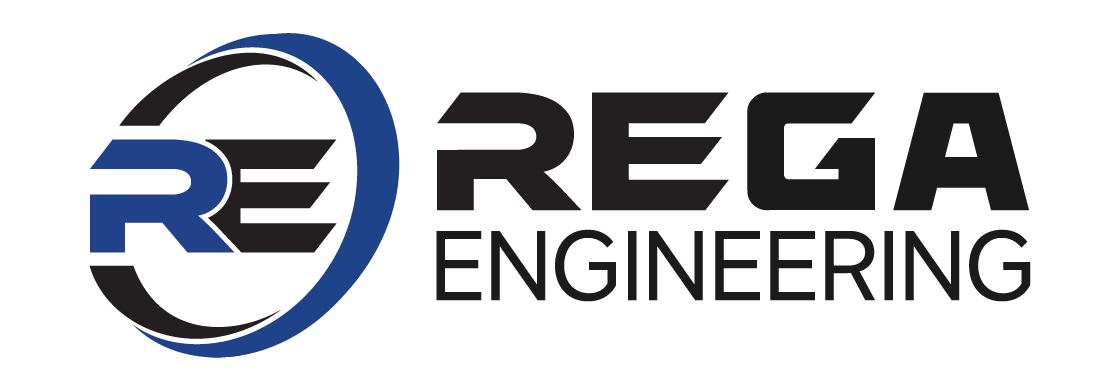Choosing the Best Type of Irrigation System for Your Needs
Share:
When it comes to maintaining a lush, healthy landscape or maximizing agricultural productivity, irrigation is key. With a variety of irrigation systems available, selecting the right one for your specific needs can feel overwhelming. At REGA Engineering, we understand that each property, crop, or landscape comes with its own unique set of challenges, which is why we’re here to help guide you through the process of choosing the best irrigation system for your needs.
Understanding Your Needs and Priorities
Before diving into the specifics of each system, it’s essential to understand your own goals. Are you irrigating a large agricultural field? A small garden? Or a commercial landscape? The size, type of crops, climate, water availability, and budget are all important factors in determining which irrigation system will work best for you.
Ask yourself the following questions to help narrow down your choices:
- What is the size of the area you need to irrigate?
- What type of crops or plants are you watering?
- Do you have access to a steady water supply?
- What is your budget for installation and ongoing maintenance?
- Are you looking for a system that conserves water or one that’s more cost-effective upfront?
Drip Irrigation: Precision and Water Conservation
If water conservation and precise watering are top priorities, drip irrigation is one of the best systems to consider. This system delivers water directly to the base of each plant through a network of tubing, emitters, and valves. It’s highly efficient because it minimizes evaporation and runoff by targeting the roots of plants where water is needed most.
Best for:
- Gardens and landscapes with individual plants or shrubs.
- Crops with high water requirements.
- Areas where water conservation is crucial.
Drip irrigation also reduces the risk of disease by preventing excess moisture on plant foliage. However, it does require regular maintenance to ensure the emitters don't get clogged and to check for system leaks.
Sprinkler Systems: Versatile and Cost-Effective
Sprinkler systems are a popular and versatile choice for both residential and commercial applications. They work by spraying water over a designated area in a similar fashion to rainfall, making them suitable for lawns, gardens, and large agricultural fields. Sprinklers can cover large areas and are relatively easy to install and maintain, making them a cost-effective option for many property owners.
Best for:
- Lawns and grassy areas.
- Landscapes with a mix of plant types.
- Large properties or fields requiring even coverage.
There are different types of sprinklers to choose from, such as stationary, rotating, and oscillating models. Each offers different coverage patterns and water distribution, so it’s important to match the sprinkler to the size and shape of your landscape.
Surface Irrigation: Simple but Labor-Intensive
Surface irrigation involves the direct flow of water over the surface of the soil. It’s one of the oldest methods of irrigation and is still commonly used for large agricultural fields, especially where water is abundant. The most common form of surface irrigation is flood irrigation, where water is allowed to flow across fields. While it’s simple to set up and inexpensive, it requires a considerable amount of labor to manage, and it may lead to water wastage if not properly controlled.
Best for:
- Large agricultural fields with level ground.
- Crops that require a lot of water.
- Areas where water is plentiful and inexpensive.
While surface irrigation can be highly effective for certain crops, it is less efficient than other systems and may cause water runoff or erosion if not carefully monitored.
Subsurface Drip Irrigation: Efficiency Below the Surface
For those who want the benefits of drip irrigation but need a system that works below the soil surface, subsurface drip irrigation (SDI) could be the answer. Water is delivered through buried tubing directly to the plant roots, minimizing evaporation and surface runoff. SDI is particularly useful in regions with water scarcity or for crops that are sensitive to surface moisture, such as vineyards or orchards.
Best for:
- Agricultural fields, especially for row crops or orchards.
- Areas with limited water availability.
- Areas where surface irrigation isn’t feasible or would be wasteful.
SDI systems require careful planning and installation to ensure proper coverage, but they can save substantial amounts of water over time and reduce the need for frequent surface-level maintenance.
Center Pivot Irrigation: Ideal for Large Agricultural Fields
For large-scale farming operations, center pivot irrigation systems are one of the most effective and widely used methods. These systems consist of rotating arms mounted on wheeled towers that move in a circular pattern, irrigating large areas of crops. They are especially effective for fields with a relatively flat terrain.
Best for:
- Large-scale agricultural fields (especially for crops like corn, wheat, or soybeans).
- Regions where crops are planted in rows.
- Areas with flat terrain and sufficient water supply.
Center pivot systems are efficient, reduce water waste, and can be automated, making them a popular choice for large farming operations. They are, however, expensive to install and require significant maintenance to keep the system running smoothly.
Choosing the Right System for Your Budget and Water Source
When choosing an irrigation system, your budget is an important factor. While systems like drip or subsurface irrigation offer long-term water savings, they may have higher upfront costs. Sprinkler and surface irrigation systems tend to be more affordable but may result in higher water consumption over time.
Additionally, consider your water source. Are you drawing water from a well, municipal supply, or a natural body of water? Systems like drip and subsurface irrigation work well with lower water pressure, while sprinkler systems often require a higher-pressure water source.
Professional Irrigation Services in Nebraska
At REGA Engineering, we specialize in designing and implementing irrigation systems that meet the specific needs of your landscape or agricultural operation. Whether you’re looking for an eco-friendly system that conserves water, a reliable option for large fields, or a cost-effective solution for smaller gardens, we’re here to guide you through every step of the process. Our team of experts can help assess your water requirements, budget, and environmental factors to recommend the best irrigation solution for your situation.
Ready to get started?
Contact REGA Engineering today to learn more about our innovative irrigation systems and how we can help optimize your water usage.

